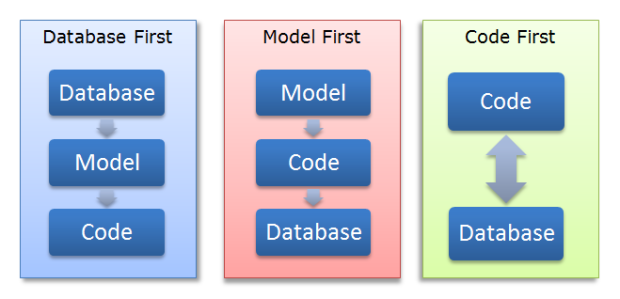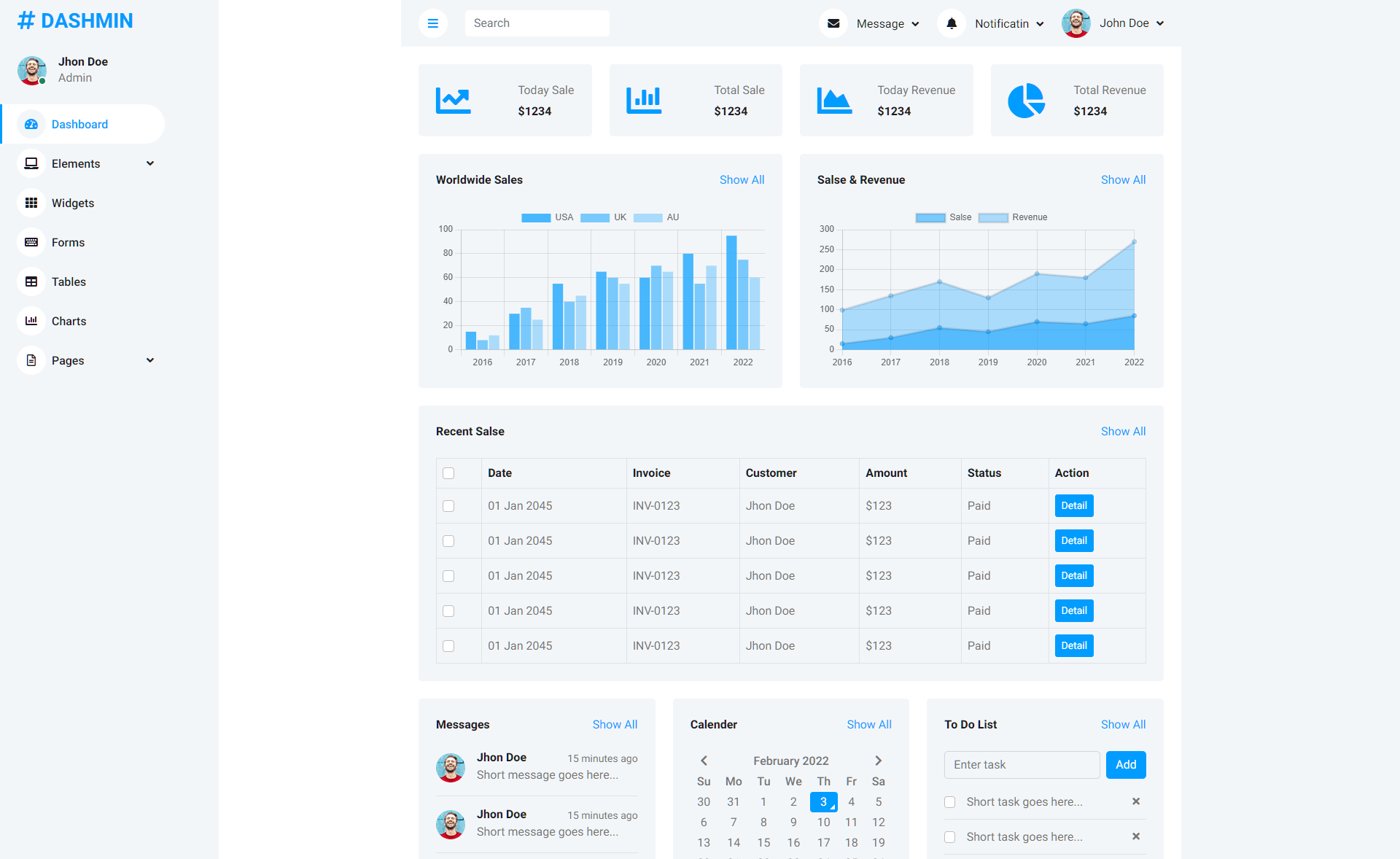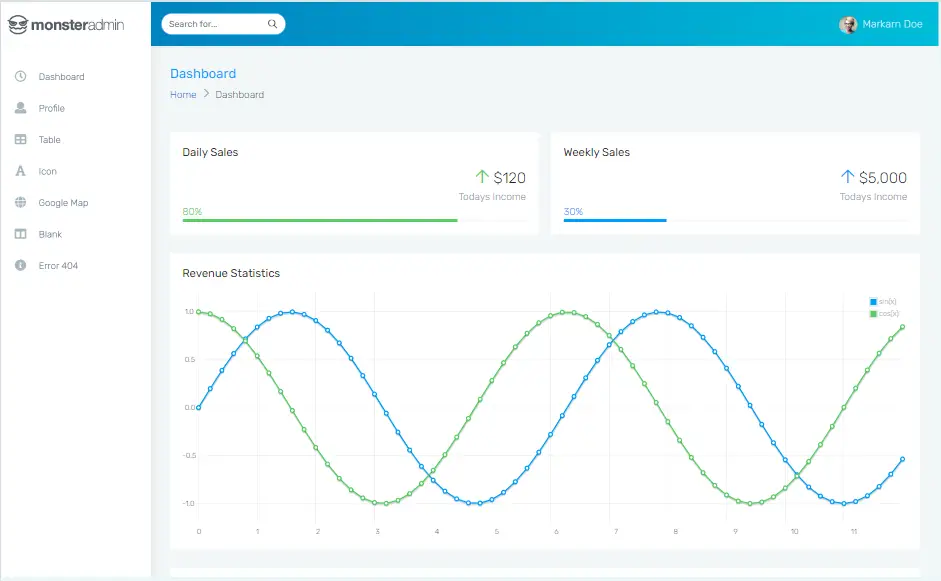How to read problem details JSON with HttpClient in C#
By Tan Lee Published on Mar 07, 2025 374
These error responses typically contain a status code (e.g., 400 for "Bad Request") along with a body that looks something like this:
{
"type": "https://tools.ietf.org/html/rfc7231#section-6.5.1",
"title": "Invalid input.",
"status": 400,
"traceId": "abc123xyz",
"errors": {
"Quantity": [
"Quantity must be between 1 and 100."
]
}
}This structure is often used to communicate error details in a machine-readable format.
Request to API using HttpClient
Here’s an example of making a POST request to an API, checking the response's Content-Type header to confirm it matches the application/problem+json format, and then reading the response body into a string:
var response = await httpClient.PostAsync(requestUrl, jsonContent);
if (!response.IsSuccessStatusCode &&
response.Content.Headers.ContentType?.MediaType == "application/problem+json")
{
var problemDetailsJson = await response.Content.ReadAsStringAsync();
// Process the error details
}Note: The null-conditional operator (?.) is used here to safely check if the Content-Type header is available.
Handling Error Details
There are several ways you can handle and use the problem details:
- Log the error details.
- Display the error to the user.
- Deserialize the JSON to extract specific information and handle it programmatically (e.g., retrying a request based on specific errors).
Custom Problem Details Class
To deserialize the problem details JSON, you may define a class that represents the structure of the error response.
public class CustomProblemDetails
{
public string Type { get; set; }
public string Title { get; set; }
public int Status { get; set; }
public string TraceId { get; set; }
public Dictionary<string, string[]> Errors { get; set; }
}Deserializing JSON with System.Text.Json
You can use the built-in System.Text.Json library to deserialize the problem details JSON.
using System.Text.Json;
var response = await httpClient.PostAsync(requestUrl, jsonContent);
if (!response.IsSuccessStatusCode &&
response.Content.Headers.ContentType?.MediaType == "application/problem+json")
{
var json = await response.Content.ReadAsStringAsync();
var jsonOptions = new JsonSerializerOptions(JsonSerializerDefaults.Web);
var problemDetails = JsonSerializer.Deserialize<CustomProblemDetails>(json, jsonOptions);
Console.WriteLine($"There are {problemDetails.Errors?.Count} error(s).");
}Output:
There are 1 error(s).
Deserializing JSON with Newtonsoft
Alternatively, you can use Newtonsoft.Json to deserialize the problem details:
using Newtonsoft.Json;
var response = await httpClient.PostAsync(requestUrl, jsonContent);
if (!response.IsSuccessStatusCode &&
response.Content.Headers.ContentType?.MediaType == "application/problem+json")
{
var json = await response.Content.ReadAsStringAsync();
var problemDetails = JsonConvert.DeserializeObject<CustomProblemDetails>(json);
Console.WriteLine($"There are {problemDetails.Errors?.Count} error(s).");
}Output:
There are 1 error(s).
Handling Additional Error Information
In some cases, the problem details may include extra properties beyond the standard fields.
For example, an API might return the following error response:
{
"type": "https://tools.ietf.org/html/rfc7231#section-6.5.1",
"title": "Invalid input.",
"status": 400,
"traceId": "abc123xyz",
"errors": {
"Quantity": [
"Quantity must be between 1 and 100."
]
},
"internalErrorCode": 2001
}To handle this extra information, you have two options:
Option 1: Subclass Your Problem Details Class
You can extend your custom class to include the additional properties:
public class ExtendedProblemDetails : CustomProblemDetails
{
public int InternalErrorCode { get; set; }
}Then deserialize the JSON into this extended class:
var jsonOptions = new JsonSerializerOptions(JsonSerializerDefaults.Web);
var problemDetails = JsonSerializer.Deserialize<ExtendedProblemDetails>(json, jsonOptions);
Console.WriteLine($"Internal error code: {problemDetails.InternalErrorCode}");
Output:
Internal error code: 2001
Option 2: Use [JsonExtensionData] Attribute
Alternatively, you can use the [JsonExtensionData] attribute to capture any additional properties in a dictionary:
using System.Text.Json.Serialization;
public class CustomProblemDetails
{
public string Type { get; set; }
public string Title { get; set; }
public int Status { get; set; }
public string TraceId { get; set; }
public Dictionary<string, string[]> Errors { get; set; }
[JsonExtensionData]
public Dictionary<string, object> ExtensionData { get; set; }
}Now, when you deserialize the JSON, you can retrieve the extra properties from the ExtensionData dictionary:
var jsonOptions = new JsonSerializerOptions(JsonSerializerDefaults.Web);
var problemDetails = JsonSerializer.Deserialize<CustomProblemDetails>(json, jsonOptions);
if (problemDetails.ExtensionData.TryGetValue("internalErrorCode", out object internalErrorCode))
{
Console.WriteLine($"Internal error code from extension data: {internalErrorCode}");
}Output:
Internal error code from extension data: 2001
Why Not Use the Built-in ProblemDetails Class?
While ASP.NET Core has built-in ProblemDetails and ValidationProblemDetails classes, you might want to create your own custom class for a few reasons:
- Deserialization Issues: You may encounter issues when trying to deserialize the built-in classes, depending on your use case.
- Avoiding Dependencies: By creating your own class, you avoid the dependency on the
Microsoft.AspNetCore.Mvcpackage.
By following these examples, you can effectively handle standardized API error responses and process them based on your needs.





